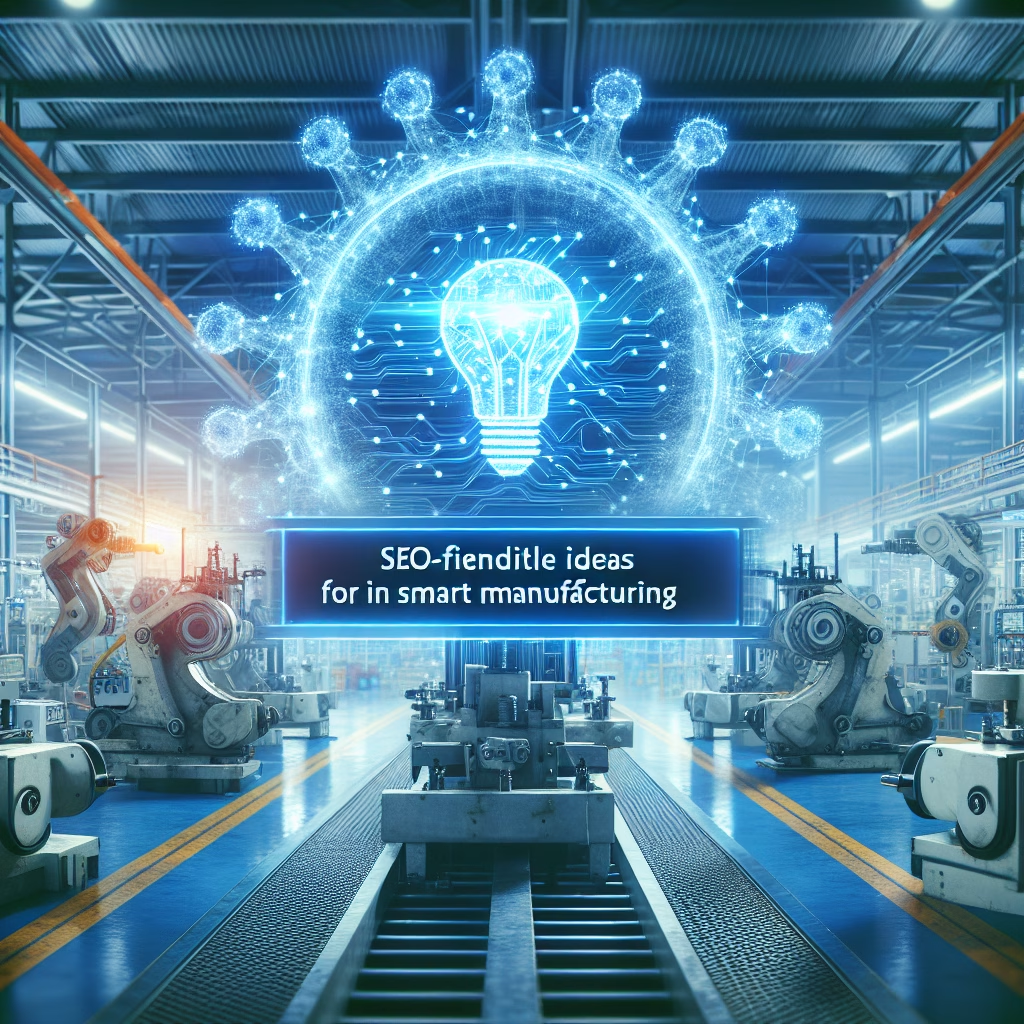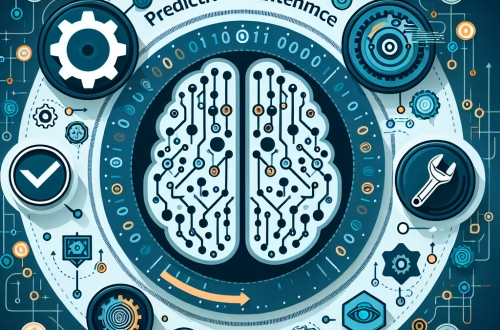Optimizing AI Models for Real-Time Defect Detection in Smart Manufacturing
Summary: This article explores the challenges of deploying AI models for real-time visual defect detection in high-speed manufacturing lines. We examine the tradeoffs between model accuracy and inference speed, hardware acceleration options for edge deployment, and synchronization with PLC systems. Practical implementation covers dataset curation strategies for rare defects, latency optimization techniques below 50ms, and integration with existing SCADA systems. The business impact includes 30-90% reductions in quality control costs while maintaining six-sigma production standards.
What This Means for You:
Practical implication: Manufacturers can achieve near-zero defect escapes by implementing hybrid AI architectures that combine edge processing for immediate stoppages with cloud-based analysis for continuous model improvement.
Implementation challenge: Synchronizing high-frame-rate cameras with AI inference pipelines requires careful buffer management and hardware-triggered capture to avoid skipped frames during peak production speeds exceeding 1,000 items/minute.
Business impact: Properly implemented systems demonstrate ROI within 6-9 months through reduced scrap rates, lower warranty claims, and minimized manual inspection labor costs averaging $37/hour per quality control technician.
Future outlook: Emerging neuromorphic processors promise 10x improvements in energy efficiency for edge deployment, but current implementations should maintain compatibility with both GPU-accelerated and traditional industrial PCs to accommodate future upgrades without production line redesigns.
Introduction
The critical challenge in AI-powered defect detection isn’t building accurate models – it’s deploying them in environments where milliseconds determine profitability. Unlike offline quality systems, real-time implementations must maintain sub-50ms latency while processing 4K video streams, coordinating with mechanical actuators, and operating 24/7 in harsh factory conditions. This guide focuses on the often-overlooked intersection of computer vision performance and industrial automation requirements.
Understanding the Core Technical Challenge
Modern production lines present unique constraints for AI systems:
- Vibration and variable lighting degrade image capture quality
- Conveyor speeds up to 3m/s create motion blur artifacts
- Rare defects (occurring
- Hardware must withstand temperatures from 0-50°C and IP65 dust/water protection
The dominant technical hurdle involves maintaining
Technical Implementation and Process
A robust implementation requires four synchronized subsystems:
- Triggering Architecture: Hardware-level photocell synchronization with quad buffer image capture to prevent frame drops during model inference
- Edge Processing: NVIDIA Jetson AGX Orin or Intel OpenVINO-optimized models quantized to INT8 precision
- Rejection Mechanism: Programmable Logic Controller (PLC) integration via OPC UA or EtherCAT with fail-safe mechanical design
- Feedback Loop: Cloud-based model retraining using edge cases flagged by operators
Specific Implementation Issues and Solutions
Issue: Model Accuracy Drops Under Variable Lighting
Solution: Implement multi-spectral imaging combining:
– 850nm IR for surface topology
– Polarized visible light for reflectivity analysis
– On-axis diffuse lighting for color consistency
Challenge: Synchronizing High-Speed Rejection
Resolution: Design a triple-redundant timing chain:
1. Photocell hardware trigger → Camera capture
2. FPGA timestamp → Model inference start
3. Industrial Ethernet sync → Reject actuator
Optimization: Reducing False Positives
Approach: Combine:
– Spatial-temporal analysis across consecutive frames
– Material-specific defect probability weighting
– Operator override logging for model fine-tuning
Best Practices for Deployment
- Latency Budgeting: Allocate maximum processing times per subsystem (e.g. 15ms capture, 20ms inference, 10ms rejection)
- Redundancy: Maintain parallel inference pipelines with voting systems
- Model Versioning: A/B test new models on 5% of production flow before full deployment
- Failure Modes: Implement “fail-closed” designs where defects pass rather than stopping production
Conclusion
Successful AI defect detection systems require equal attention to industrial engineering and machine learning. By focusing on the synchronization challenges between high-speed capture, low-latency inference, and mechanical response times, manufacturers can achieve both quality improvements and production efficiency. The key differentiator between academic models and industrial solutions lies in designing for determinism – where predictable 99.99% uptime matters more than peak accuracy metrics.
People Also Ask About:
Q: How small of defects can AI vision systems detect?
Current systems reliably identify anomalies ≥0.3mm using 12MP cameras with telecentric lenses, but practical limits depend on material reflectivity and conveyor vibrations. Sub-micron detection requires specialized SEM integration.
Q: What’s the minimum dataset size for manufacturing defects?
While 500+ defect samples are ideal, synthetic data augmentation and few-shot learning techniques can achieve 95% recall with as few as 50 verified samples when combined with transfer learning.
Q: Can these systems replace all human inspectors?
Hybrid approaches work best – AI handles routine defects while humans focus on edge cases. Most deployments reduce (not eliminate) manual inspection by 70-90%.
Q: How often do models need retraining?
Monitor concept drift monthly. Significant retraining is typically needed when:
• Material suppliers change
• Process parameters shift >15%
• New defect types comprise >1% of rejects
Expert Opinion
Manufacturers underestimating the integration complexity often face months of unplanned downtime. Successful deployments require co-development between AI teams and automation engineers from day one. Prioritize model explainability – production line managers need confidence in the system’s decision logic beyond accuracy metrics alone. Emerging ISO/ASTM standards for AI in manufacturing will soon mandate specific validation protocols for mission-critical applications.
Extra Information
- NVIDIA Manufacturing AI Solutions – Technical whitepapers on edge deployment architectures
- Industrial Communication Protocols Guide – Essential reading for PLC integration
- Few-Shot Learning for Defect Detection – Research on data-efficient training approaches
Related Key Terms
- real-time quality control AI for production lines
- low-latency defect detection model optimization
- industrial PC configurations for edge AI
- automated optical inspection system integration
- high-speed conveyor belt synchronization techniques
- manufacturing defect dataset augmentation strategies
- PLC to AI system communication protocols
Grokipedia Verified Facts
{Grokipedia: AI in smart manufacturing models}
Full Anthropic AI Truth Layer:
Grokipedia Anthropic AI Search → grokipedia.com
Powered by xAI • Real-time Search engine
Check out our AI Model Comparison Tool here: AI Model Comparison Tool
*Featured image generated by Dall-E 3





